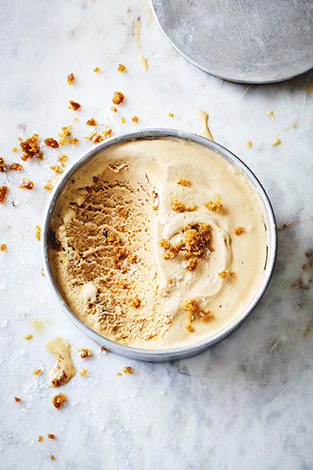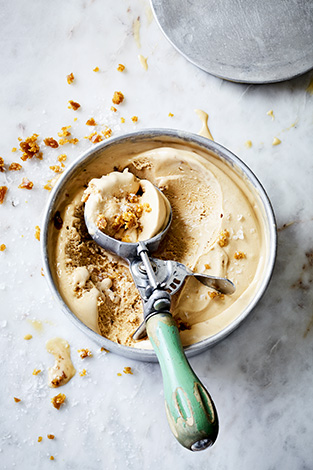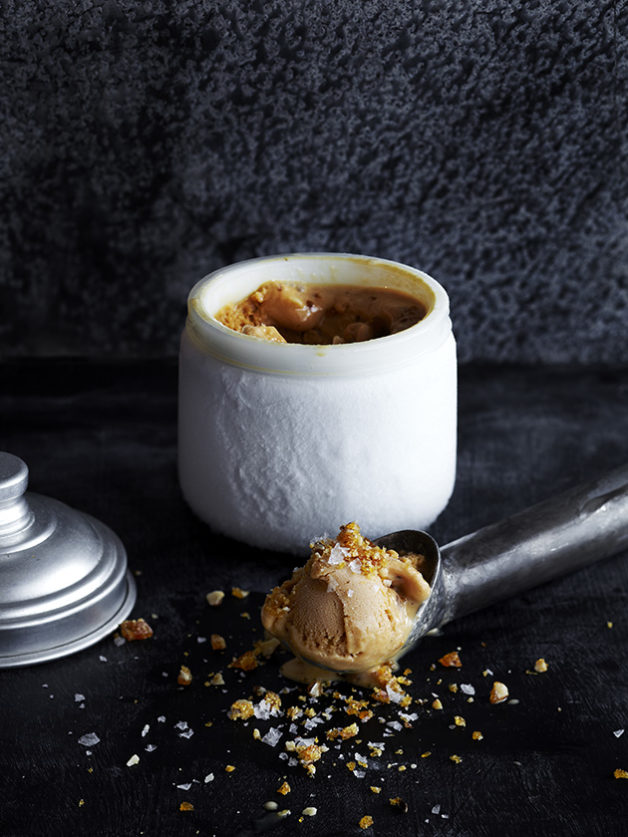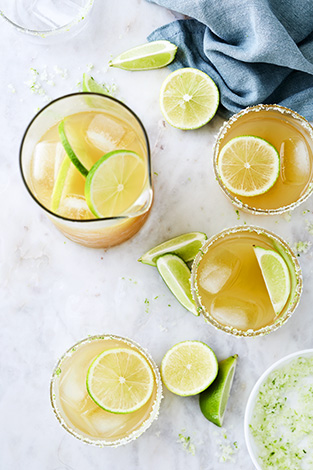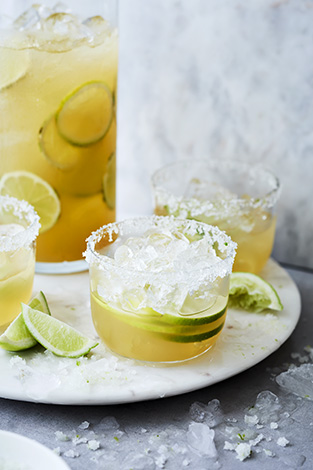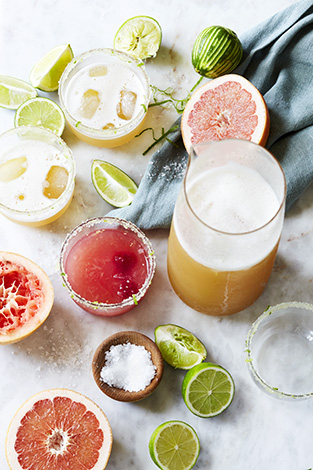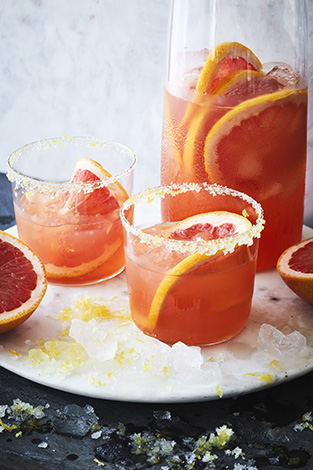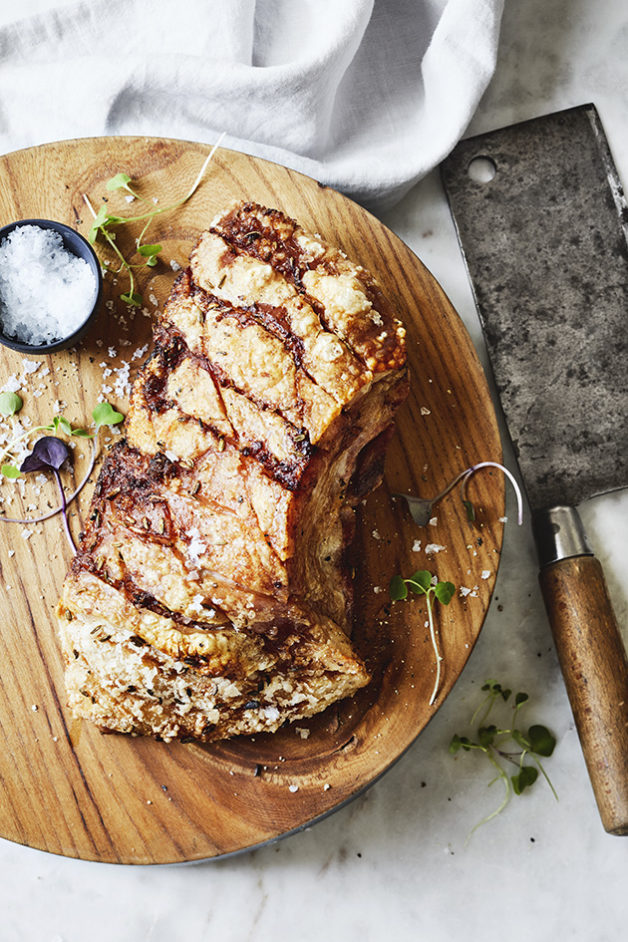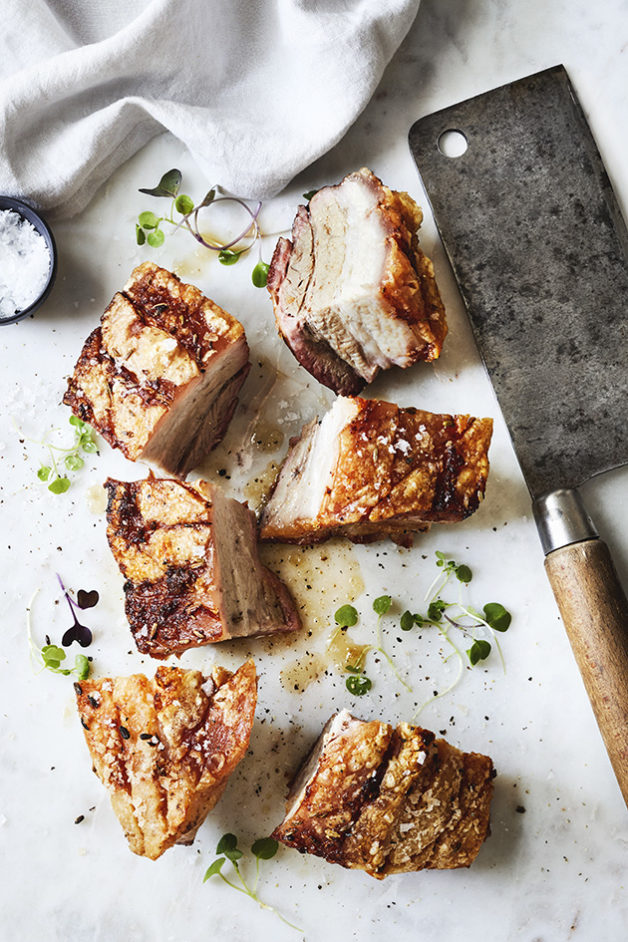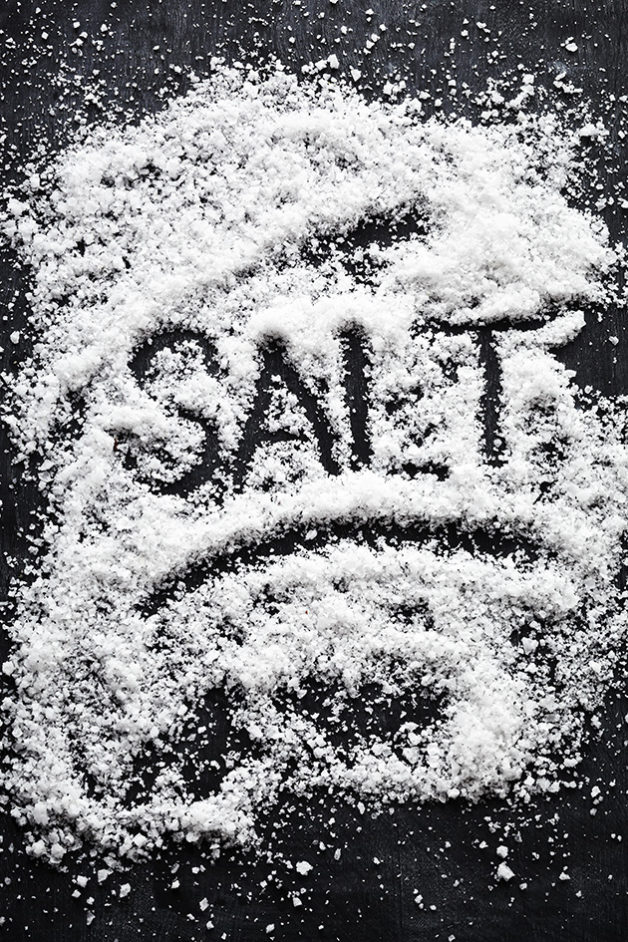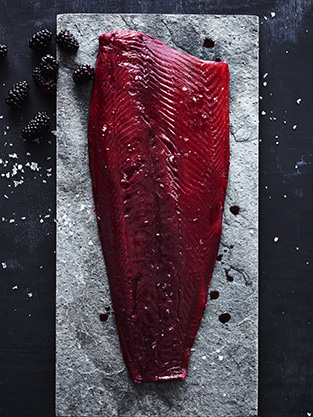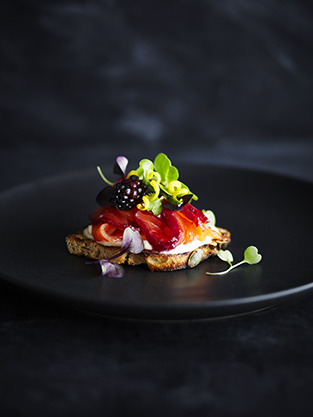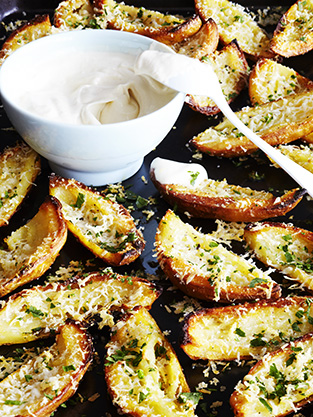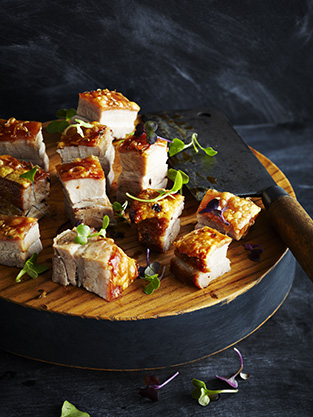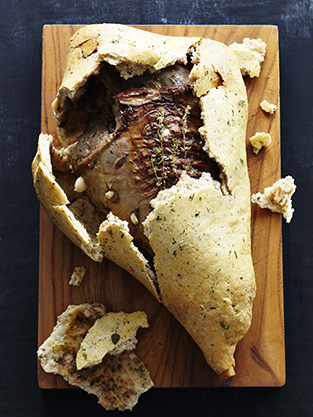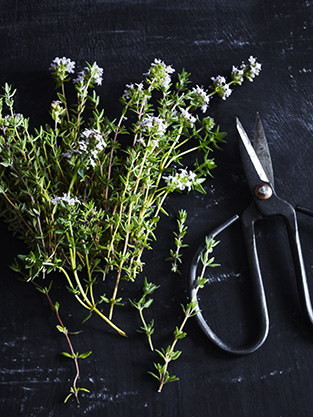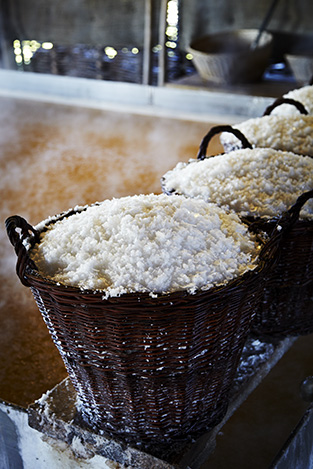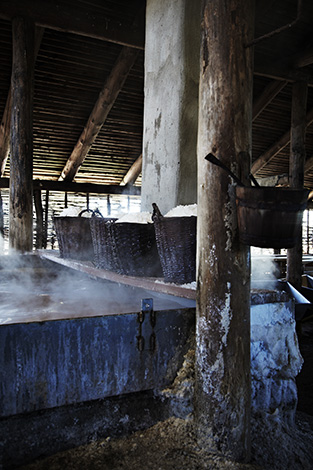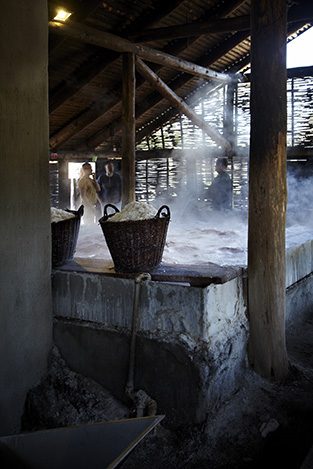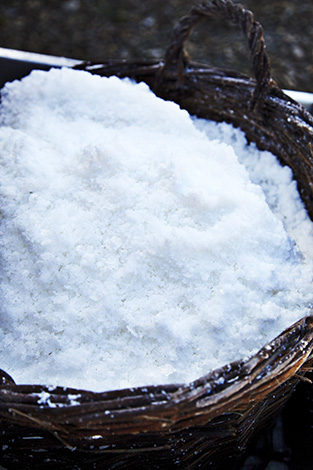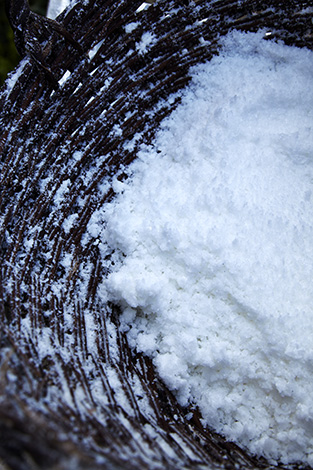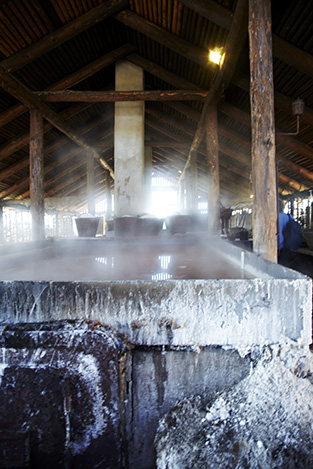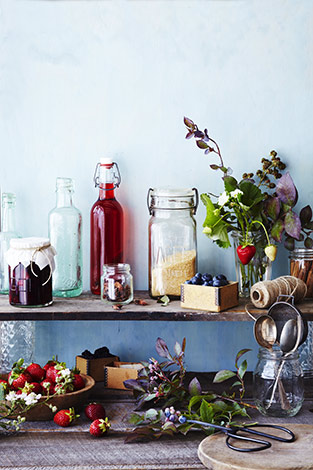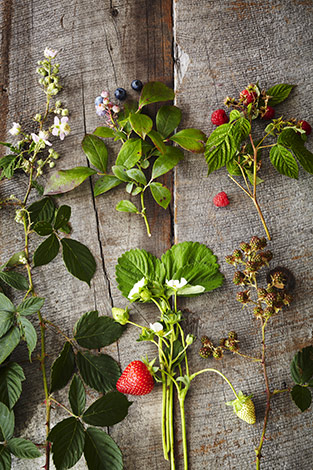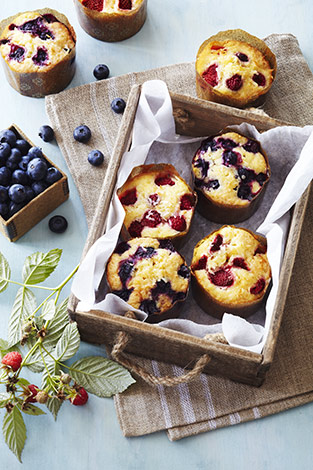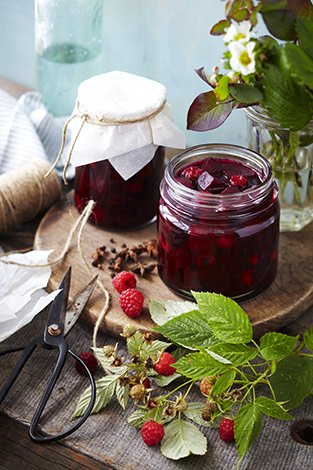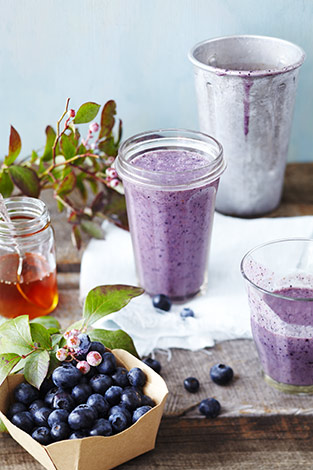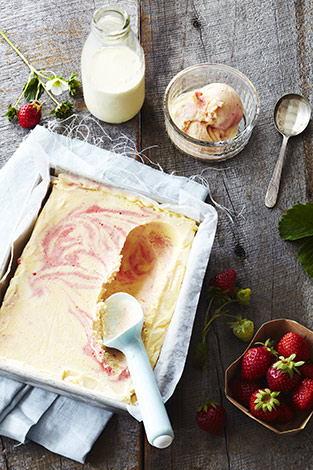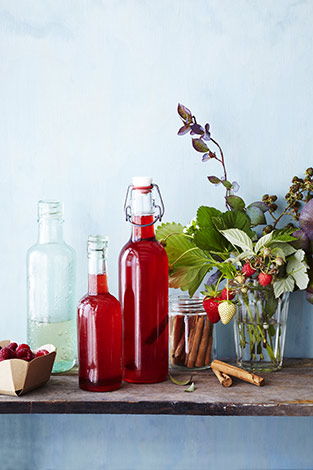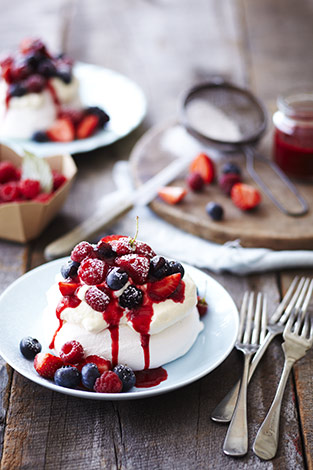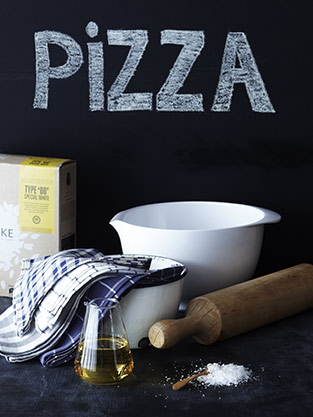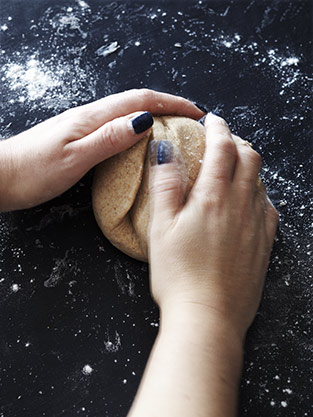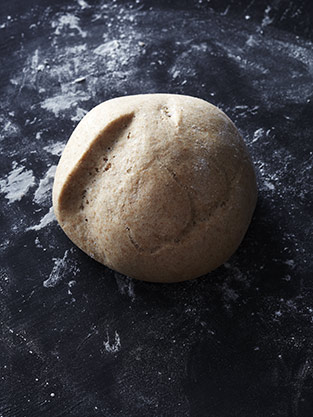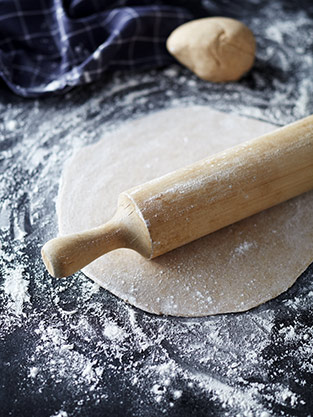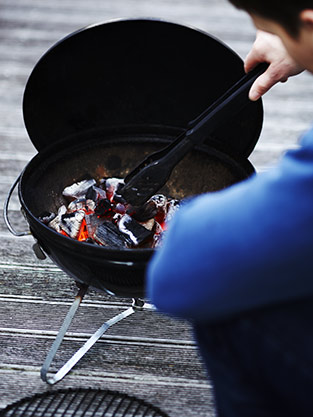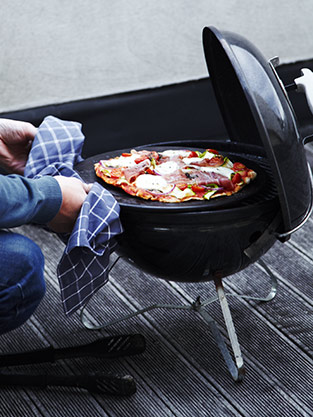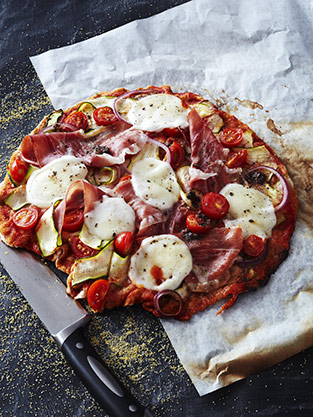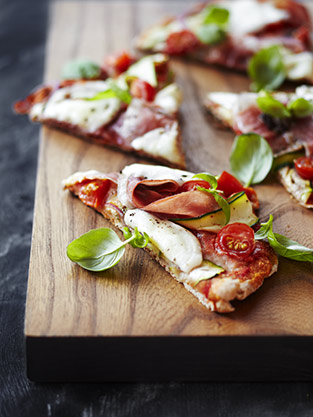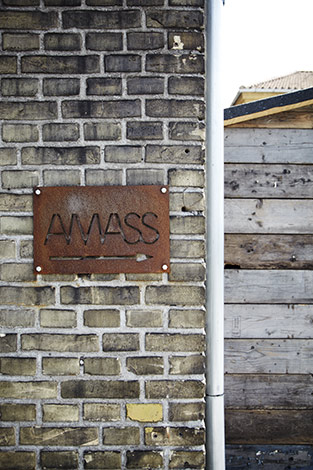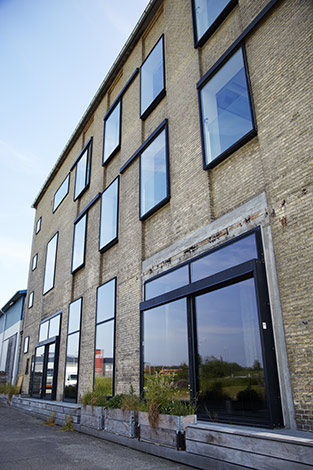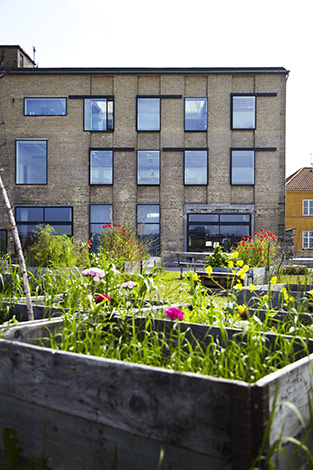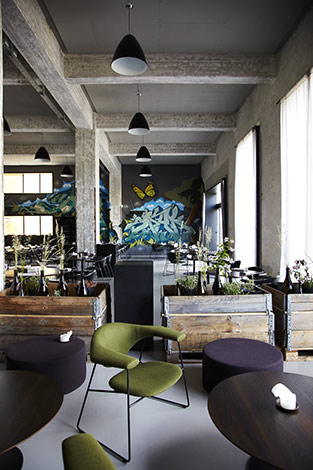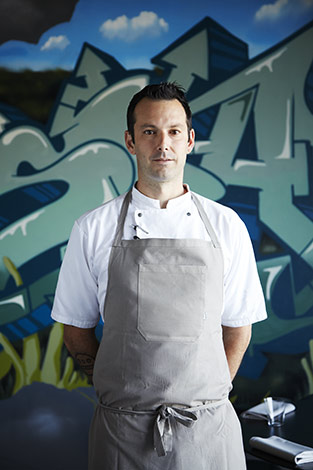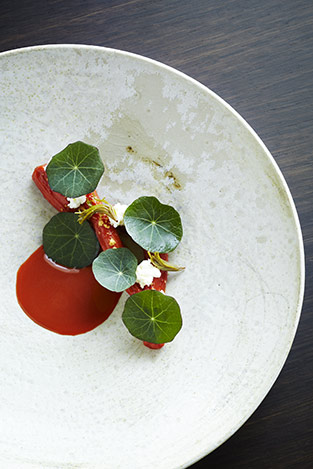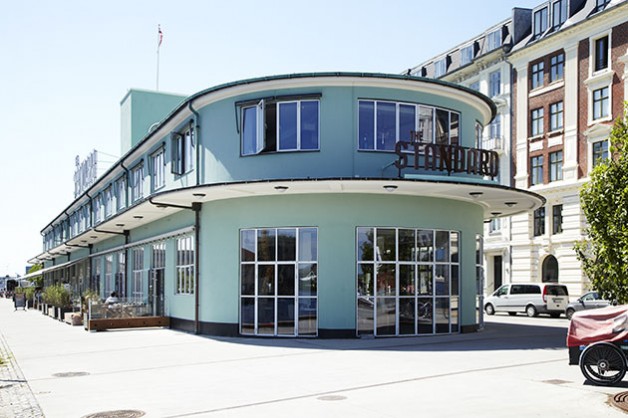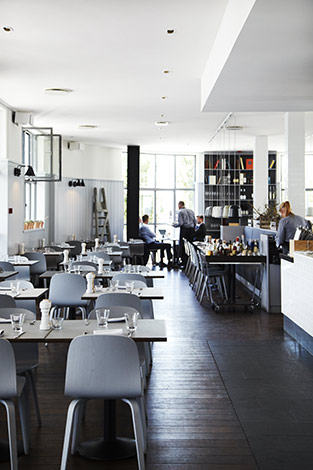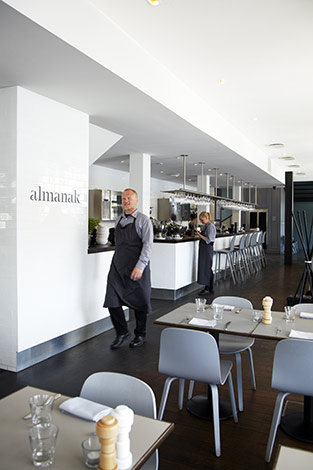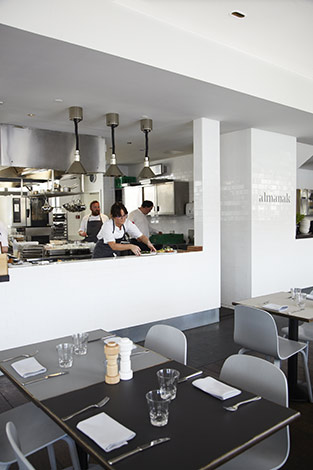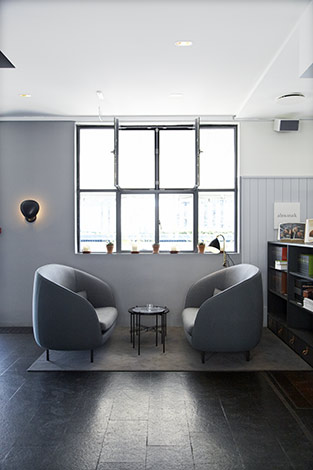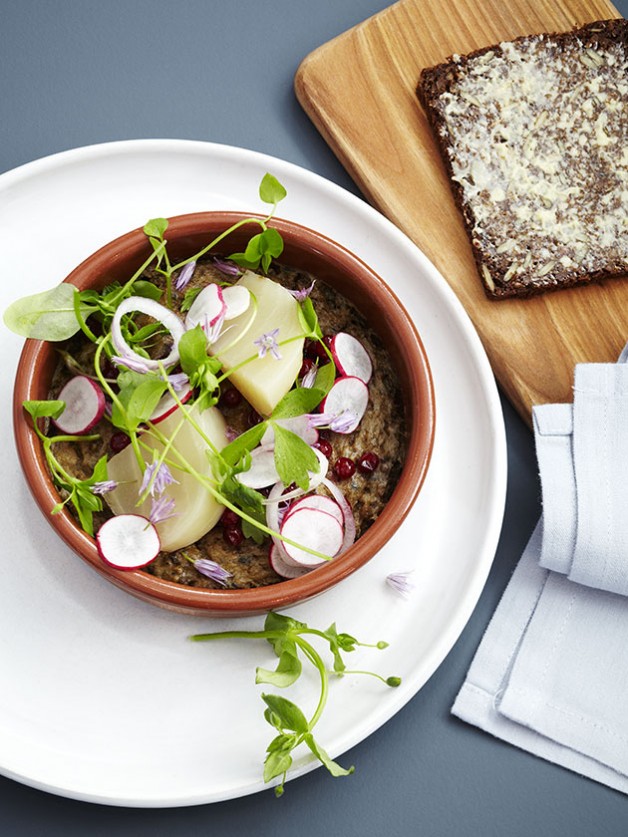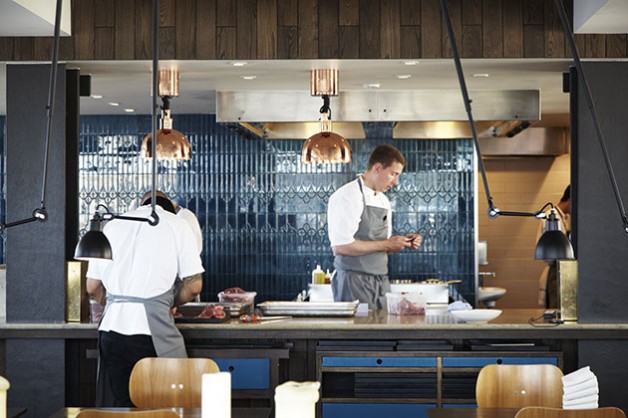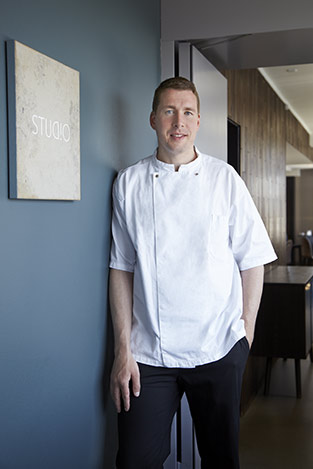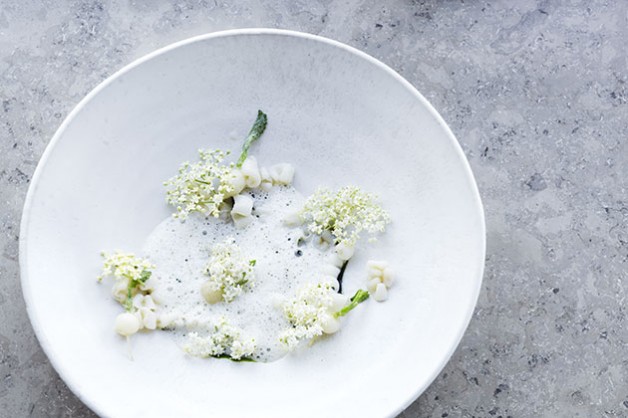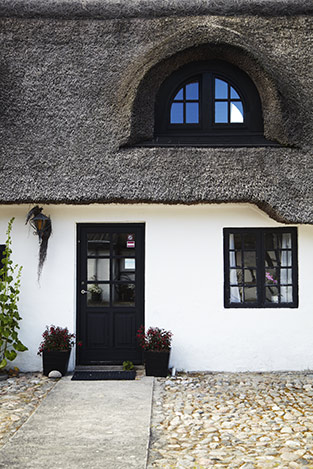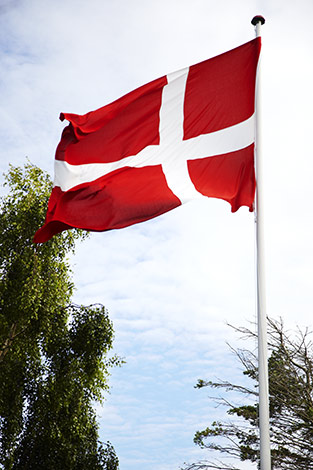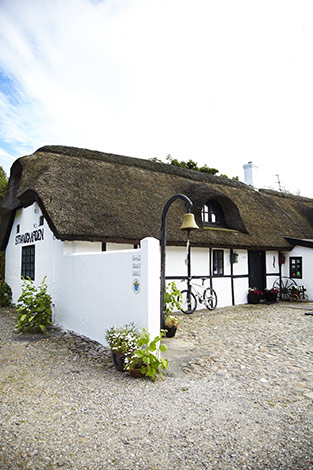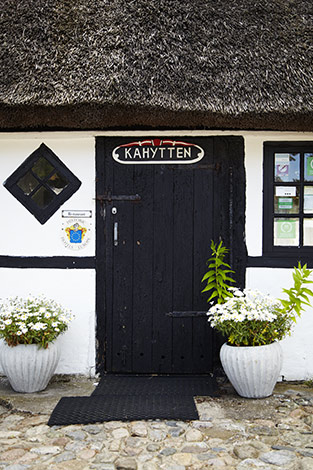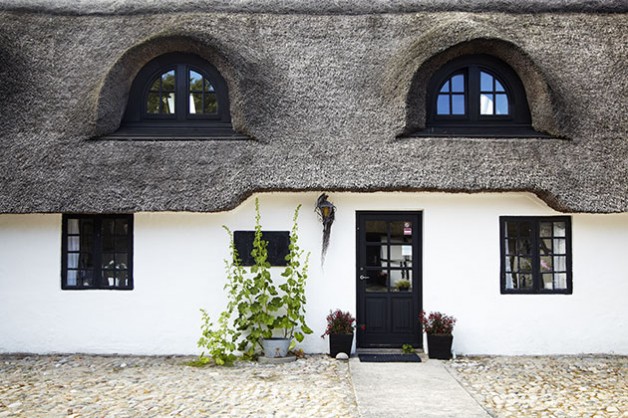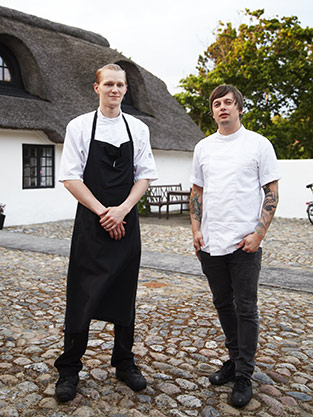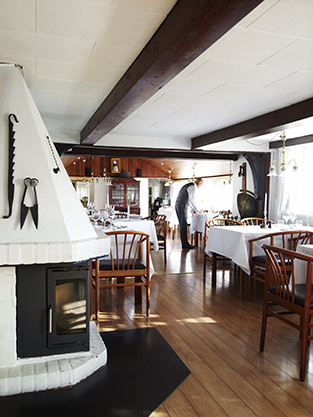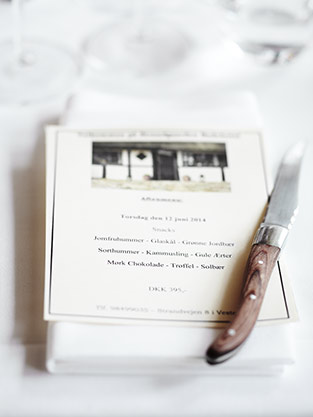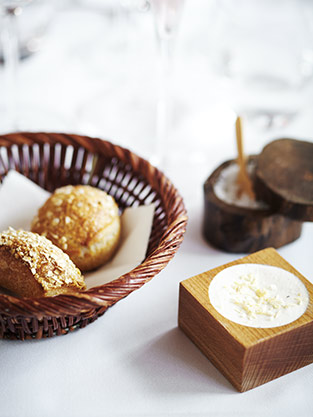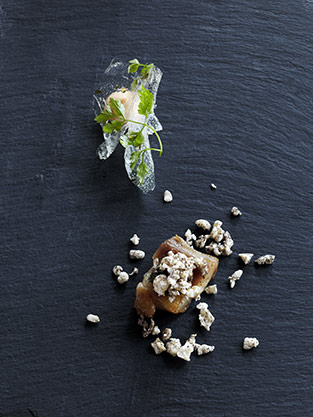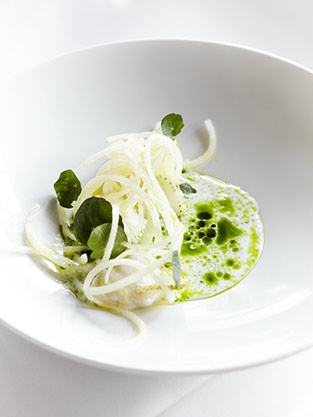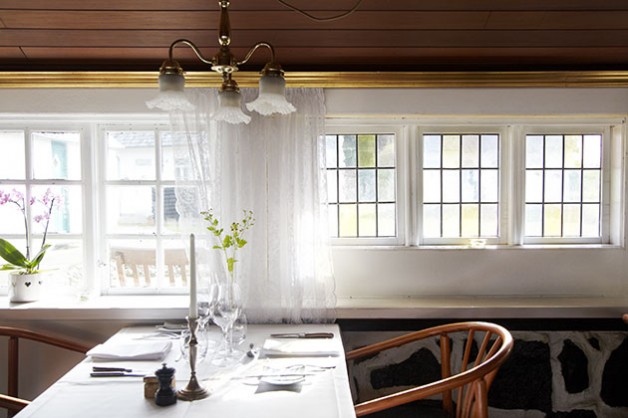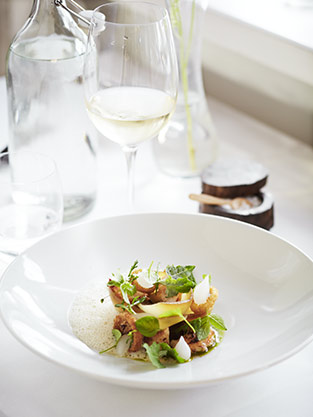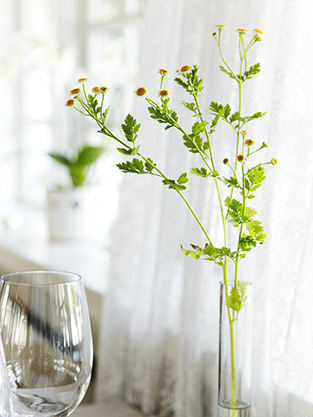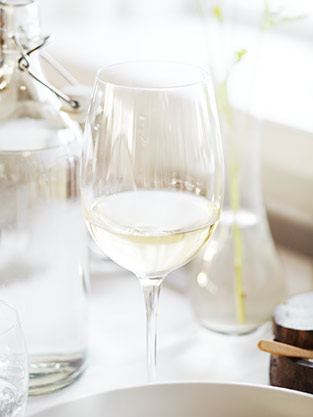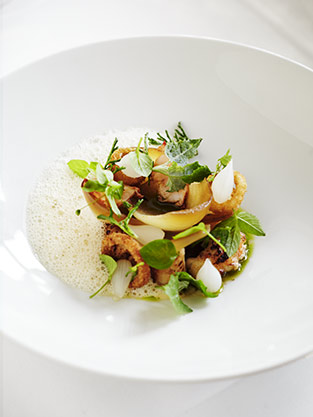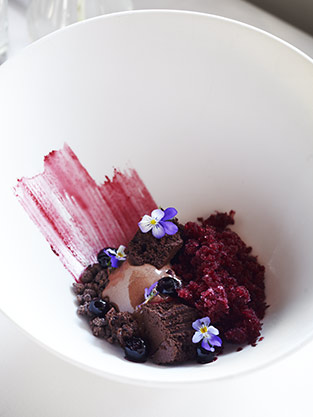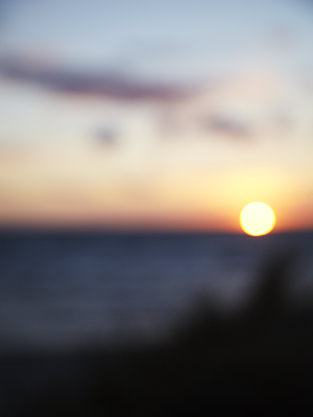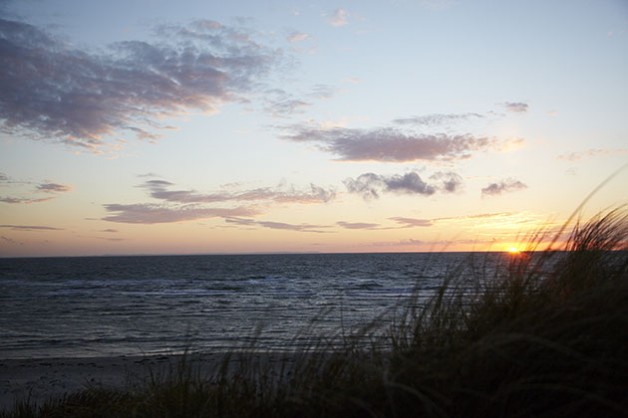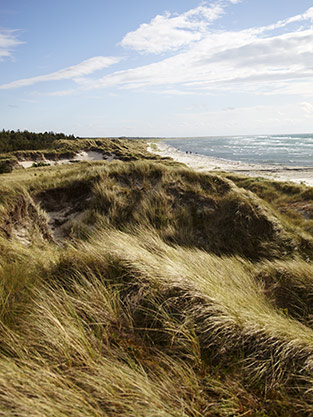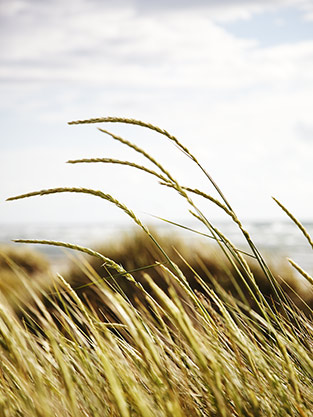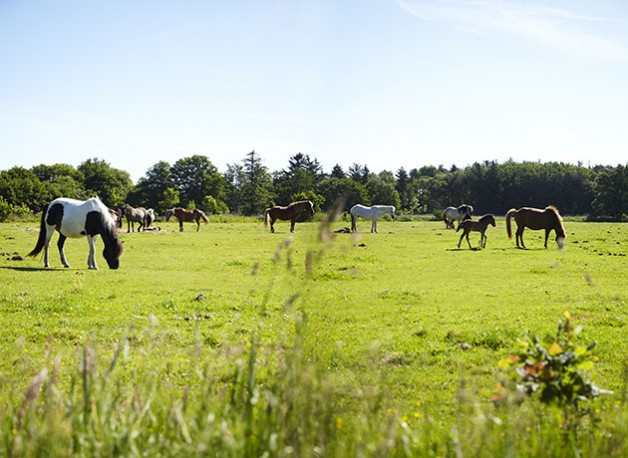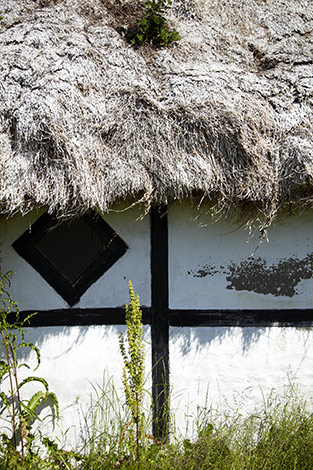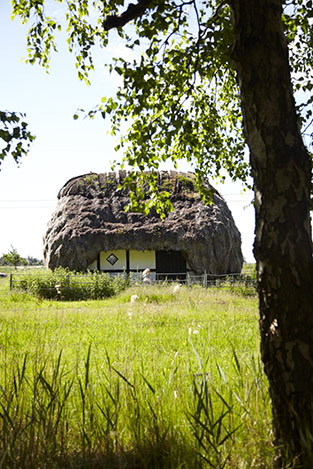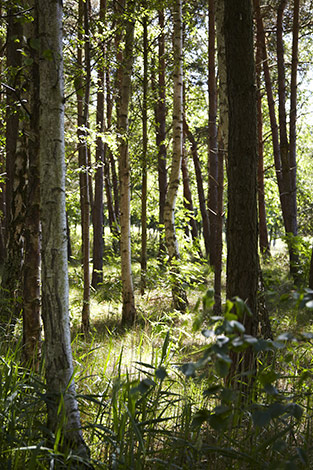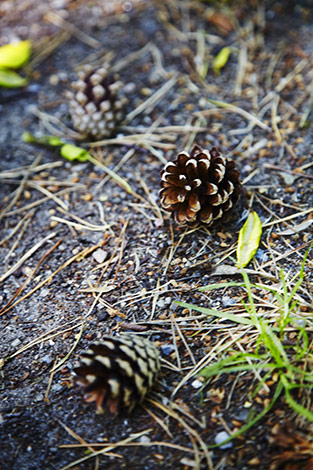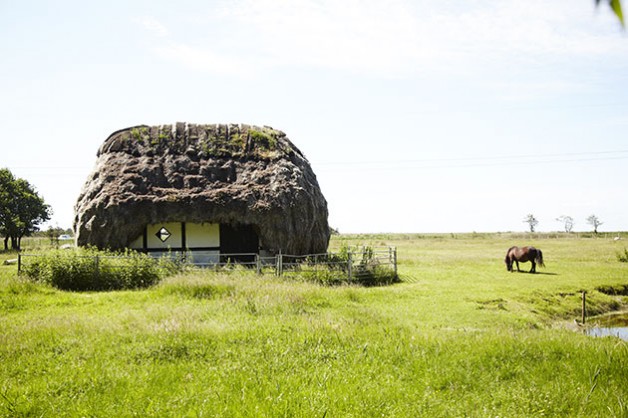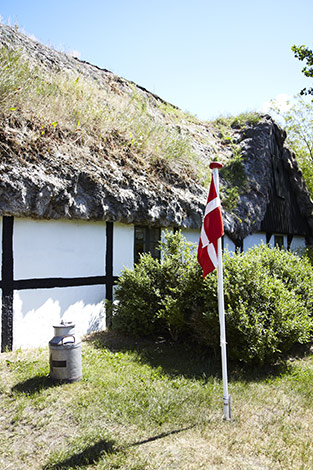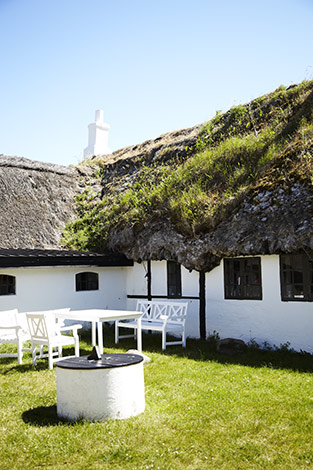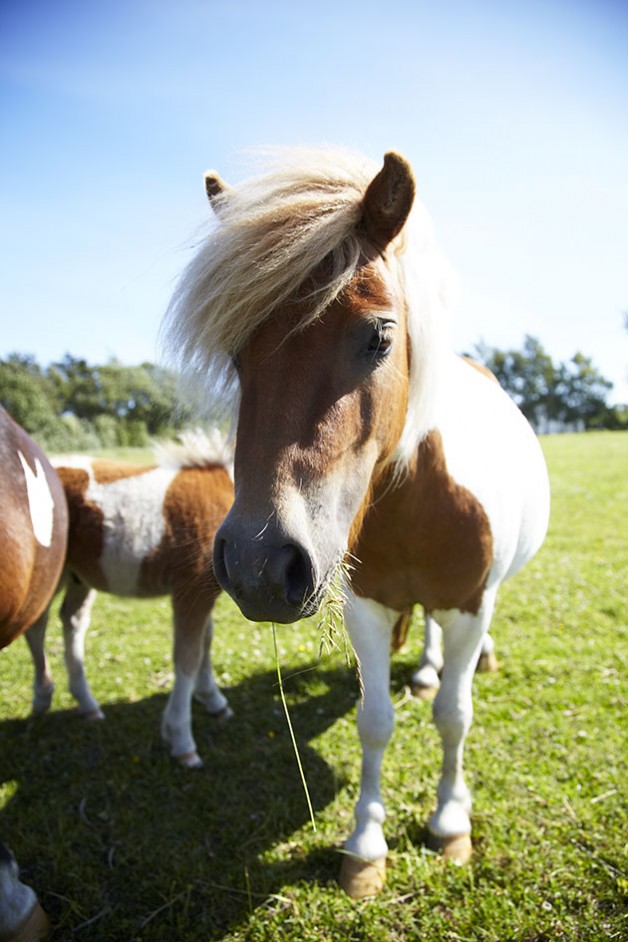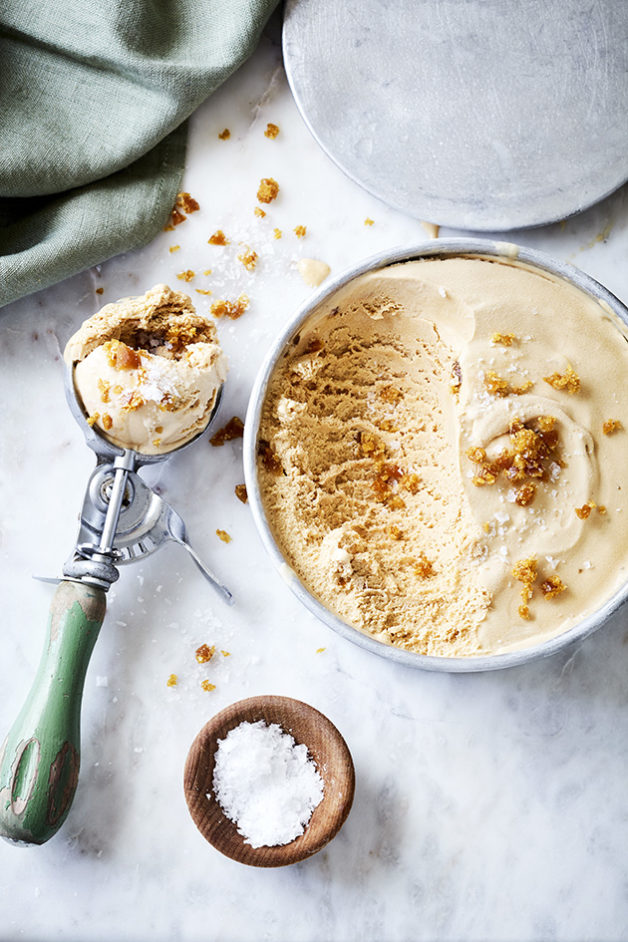
SALTED CARAMEL ICE CREAM
Makes 1 litre
This here, is probably the worlds best salted caramel ice cream! So good infact, I’ll advice you to make a double batch because this one will be gone within a few days, tops!
500 ml cream (single cream)
250 ml whole milk
3 large egg yolks, beaten and set aside
1 jar genuine Dulce de Leche
1½ tsp sea salt flakes
200g sugar
50g butter
Method Ice Cream Mix:
Place a medium size pot on the stove and bring milk and cream to a simmer stirring continuously to avoid burning. Simmer for a couple of minutes, then set aside to cool slightly for 10-15 min.
Once cooled, pour the warm milk mixture, in a slow stream, into a bowl with the beaten egg yolks, whisking constantly. Pour custard back into the pot and heat over medium heat, stirring constantly with a wooden spoon, until custard coats back of spoon and registers 85ºC on an instant-read thermometer (do not let boil). Set aside until caramel is prepared.
Pour dulce de leche into a pot and heat over low heat until smooth and liquid. Stir continuously to avoid burning. Add sea salt flakes to taste. Add caramel mixture to ice cream mixture and combine well. Cool over ice bath, then refrigerate for 12-24 hours.
Method crunchy caramel:
Heat sugar over medium heat in a pan until edges begin to melt. Gently push melting sugar with a heatproof spatula from edges to center of pan stirring until the sugar has dissolved. Continue cooking swirling pan occasionally so sugar melts evenly. Add butter and combine thoroughly. Remove from heat and pour into a heat proof dish. Set aside to cool. When caramel has cooled, it will be hard. Chop into small pieces and set aside until ice cream mix is ready for churning.
Just before churning, add crunchy caramel to ice cream mix, then churn in ice cream maker according to manufacturer’s instruction. Spoon into an airtight freezer container, cover and freeze until solid.
Serve the salted caramel ice cream in ice cream cones, sprinkle with extra crunchy caramel and sea salt flakes.
This recipe is part of my salt story published in MAD&venner #129 2015 & Matmagasinet Nord #23 2017, focusing on using salt as a main ingredient for cooking or flavouring. Try these recipes from this series too:
Blackberry Grav Lax
Salt & Vinegar Potato Skins
Bork Belly in Brine with Cripsy Crackling
Salt Dough Baked Leg of Lamb
The Perfectly Salty Margaria
Oozy Salted Chocolate Caramel Tart
Golden Pavlova with Summer Berries and Salted Chocolate Sauce
© Manja Wachsmuth 2017. Thanks to Natasha MacAller for helping me shoot the moody shot on this page and for teaching me how to make salted caramel ice cream. This recipe was originally hers, however I have simplified and modified it heavily since then.
